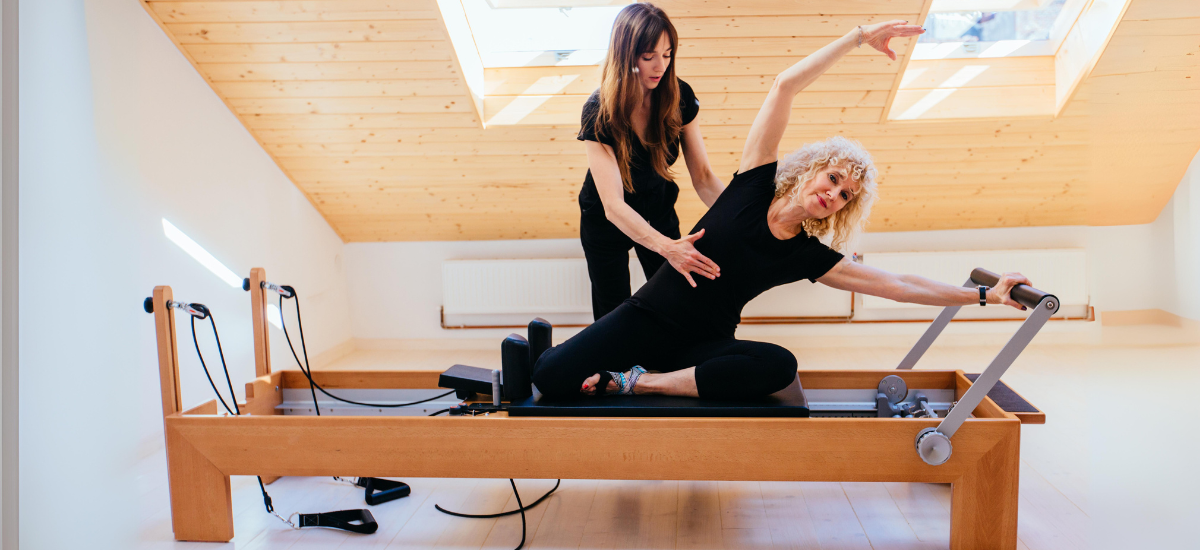
1. Whenever possible, bathtub and toilet areas should supply adequately anchored grab bars in both bathtub area and around the toilet.
2. Products such as raised toilet seats, sidebars, or grab bars, make it much easier for a patient to access toileting needs. Such situations may prove embarrassing for a loved one, which is where the caregiver's compassion and simplistic approach to such needs are especially important.
3. Getting in and out of bathtubs also provides a challenge. Non-skid mats or other stick-ons should be placed in the ba
thtub and on top of bathtub surface to help prevent slipping. In many cases, those experiencing anxiety may feel much more comfortable sitting on a special stool or chair made for shower bathing. Fear of falling is a major issue with many Alzheimer's patients, and eradicating such fears will help to ensure that you are able to adequately care for his or her cleanliness and hygiene.
4. Make sure that water temperatures are adequate for bathing or washing, and that water heaters do not exceed 120 degrees. If pipes are exposed, pad them as necessary to prevent burns.
5. While many patients may be able to toilet themselves, brush their teeth, their hair, and other personal hygiene tasks, some may need help getting to and from bathroom areas. To avoid injuries, bathrooms should be equipped with adequate stools or chairs, and adequate lighting fixtures for greater comfort and safety.
6. Poor vision in many patients will need to be addressed in all areas of the home. Providing contrast with objects from walls and floors will avoid problems caused by depth perception issues. For example, in an all-white bathroom, an all-white toilet may be difficult for some patients to see. A caregiver can alleviate this problem by placing a colored toilet seat cover or cushion on the seat for the patient as a strong visual clue of location.




